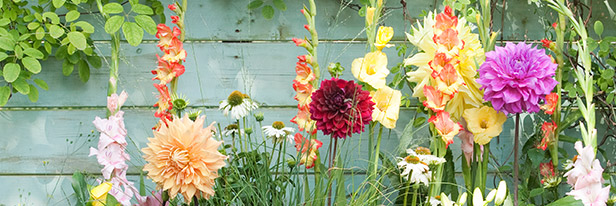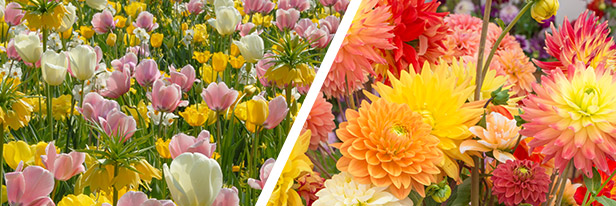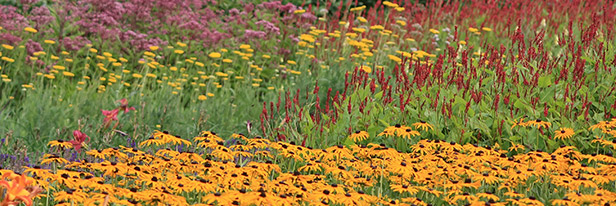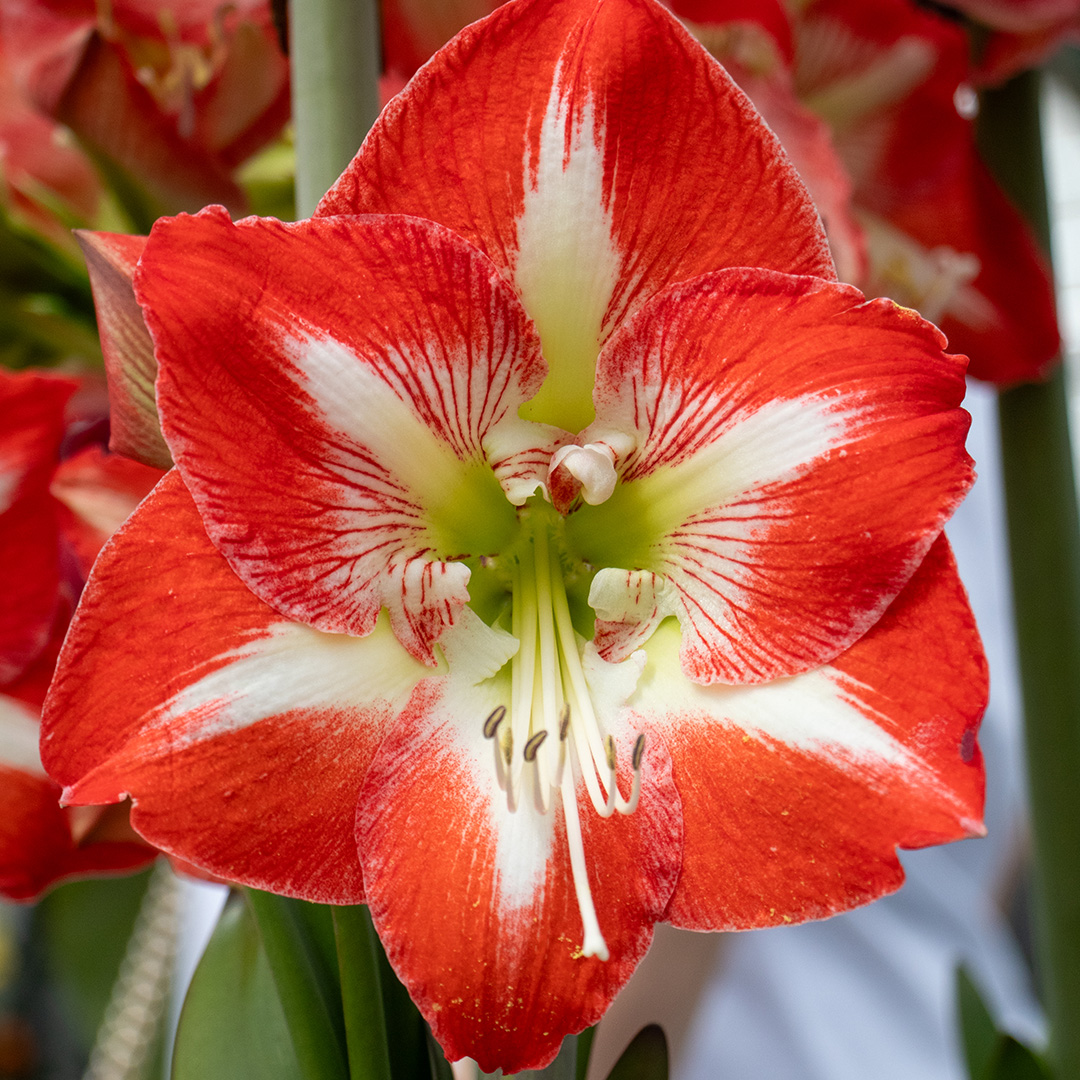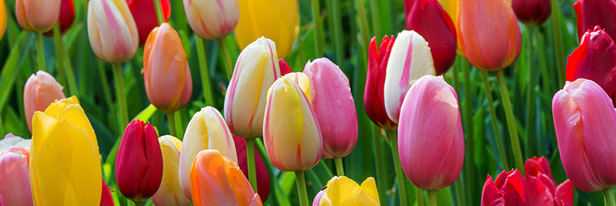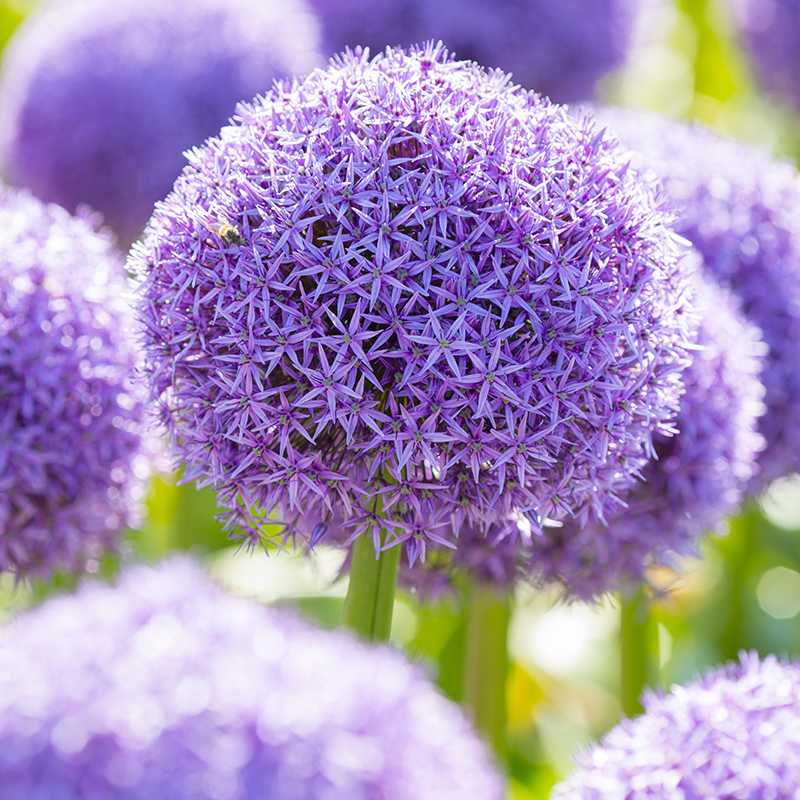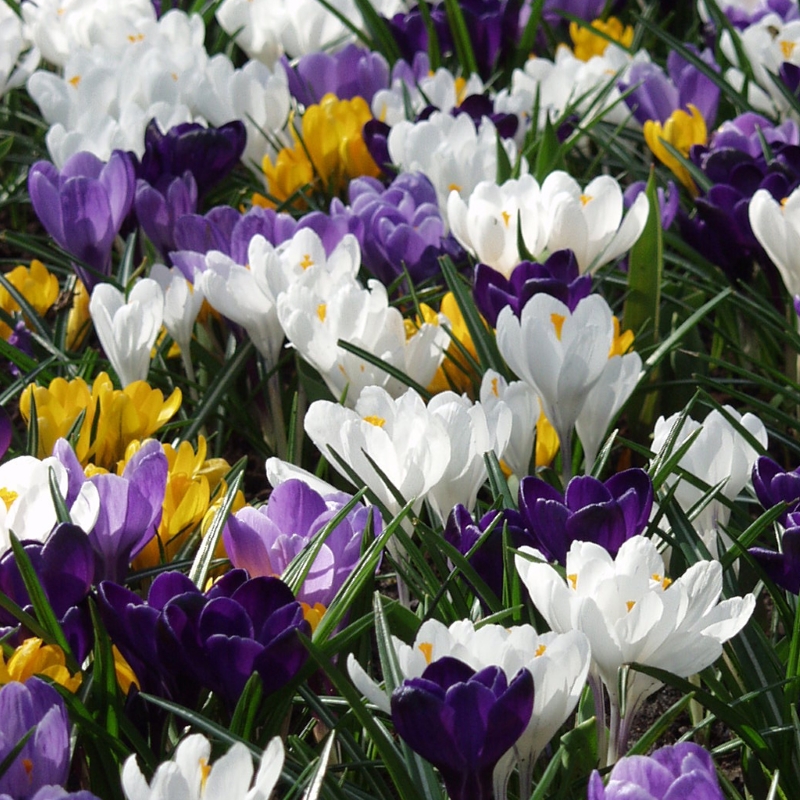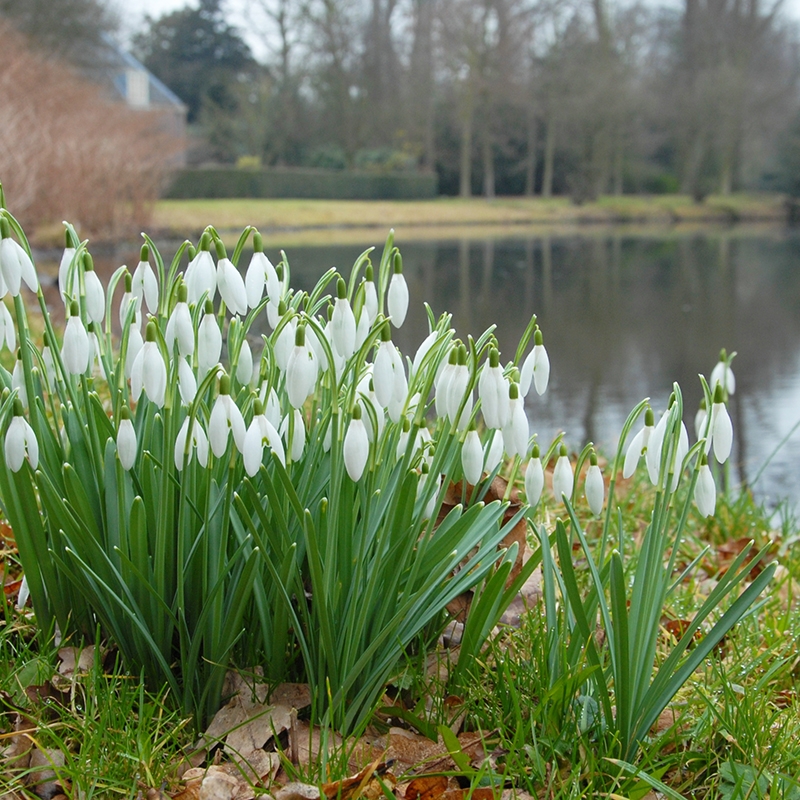
Flower bulbs for beginners | The 10 most frequently asked questions
Planting bulbs is back in fashion! You can enjoy the gardening in the autumn sunshine while planting the bulbs and be rewarded for your work with a bright spring garden in the spring. Are you not a professional gardener but would like to start gardening? Are you still apprehensive about the subject of flower bulbs? Here are the 10 most frequently asked questions about flower bulbs to help you get started:
1. when should I plant flower bulbs?
Spring flowering bulbs such as tulips, daffodils and hyacinths should be planted in autumn, from September to December, before the first frost. Summer flowering bulbs such as dahlias and callas should be planted in spring, as soon as the danger of night frost has passed.
2. How do I plant flower bulbs?
Don't be afraid of planting bulbs, there are just a few things to keep in mind:
- First, loosen the soil well with a spade at the spot where the flower bulbs are to be planted. Then the soil is easy to work.
- Dig a hole with a spade or a bulb planter.
- Plant the bulbs in the hole with the point facing up and the rounded side facing down.
- Seal the hole with the excavated soil and press down a little.
- You can find comprehensive planting instructions here.
3. What is the best planting distance and depth for bulbs?
There is a mnemonic to help you remember how deep and at what distance you should plant bulbs. For planting distance, 3 times the width of the bulb, for planting depth, 2 times the height of the bulb. So 5-centimetre tulips should be planted 10 centimetres deep and 15 cm apart.
4. Can I plant bulbs in pots?
Most bulbs can be planted in pots. It is important that the pot is deep enough and has a hole at the bottom to allow excess water to drain away. The pot should be at least three times the height of the bulb.
- Place a layer of old potsherds, hydrogravel or gravel on the bottom of the pot so that the water can drain away well.
- Sprinkle a layer of potting soil over the potsherds, hydro pellets or gravel.
- Plant the bulbs in the potting soil. For a colourful result, use extra bulbs. They can be planted more densely than in the garden; the distance should not be more than one root ball width.
- Put a layer of potting soil on the bulbs and press them down.
- As a final step, give a little water.
- Make sure that the pots are protected from severe frost. To do this, you can put straw or bubble wrap around the pot. You can also put them in the shed during the frost period.
- You can find out which bulbs are suitable for planting in pots here: Spring flowering bulbs for pots.
5. What is a lasagne planting?
Lasagne planting is a type of bulb planting that is also called layered planting. This means that the bulbs are planted in layers on top of each other, like a lasagne slab or the floor of a flat. The late flowering bulbs go at the bottom and the early flowering bulbs go at the top. Since the bulbs are planted in the right order, the early-flowering bulbs, such as crocuses, flower first. This is followed by bulbs that flower later, such as hyacinths and tulips. This successive flowering ensures that you can enjoy them for a particularly long time - from January until sometimes even into May.
6. What kind of soil do flower bulbs need?
Flower bulbs are relatively easy to care for and do not make great demands on the quality of the soil. They will grow in almost any soil as long as it is well-drained. Fertilisation is not necessary in the first year as all the nutrients are contained in the bulb.
7. Do I need to water the bulbs after planting?
Water the bulbs of spring flowering bulbs immediately after planting. This will stimulate them to start forming roots directly. The earlier the roots are formed, the better the bulb can withstand cold and frost. Flower bulbs in pots also need water in the period after planting, as the soil dries out more quickly in pots. Summer-flowering bulbs or tubers also need extra water immediately after planting. Keep the soil in the garden or in the pots/planters moist after planting without creating waterlogging.
8. Will my bulbs flower again next year?
Flower bulbs are divided into three types: non-hardy, hardy and bulbs suitable for wilding. Summer flowering - non-hardy - bulbs flower for one summer and need to be taken out of the ground before the first frost. Winter-hardy - spring-flowering - bulbs, on the other hand, can remain in the ground after flowering and will flower next spring almost as beautifully as the first year. Overgrown bulbs come back every year and even multiply from year to year.
9. Can I store flower bulbs?
We always send flower bulbs at the best planting time. Therefore, we always recommend planting the bulbs immediately after receiving them. If this is not possible, you can store the bulbs in a dry and cool place, e.g. in the garage or cellar. Pay close attention to whether the high humidity causes mould to grow on the bulbs. If this is the case, it is best to let the bulbs dry out and then plant them in the garden immediately. It is not possible to store bulbs for a whole year and plant them the following autumn.
10. Can flower bulbs tolerate snow?
If you have planted the flower bulbs in autumn and snow falls on the bed in winter, this is not a problem at all. The snow cover will even insulate the soil and ensure that the bulbs are protected from frost and cold.

